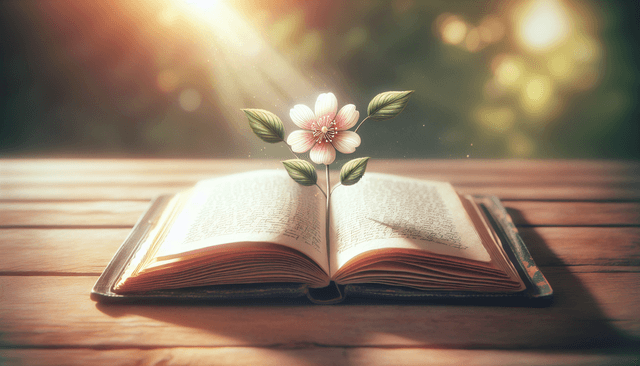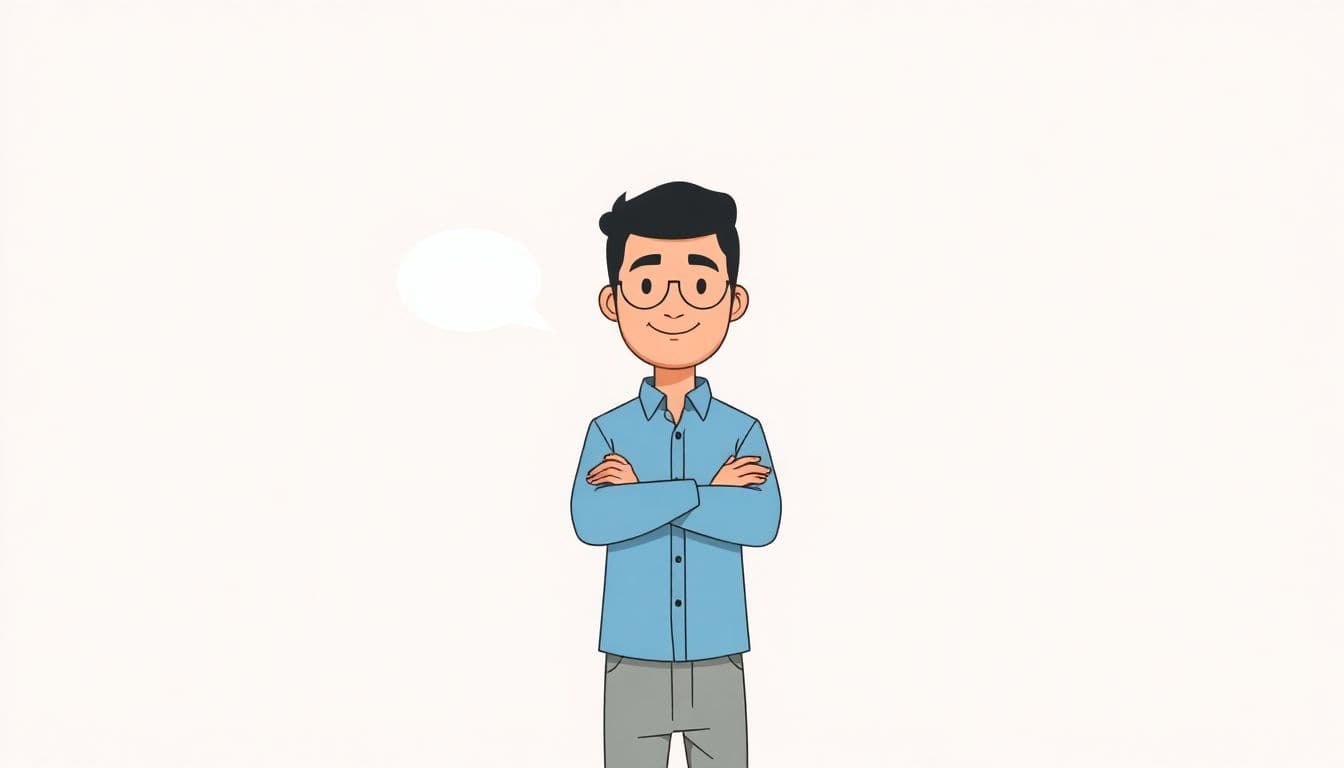Table of Contents
Writing poetry can feel overwhelming, especially when navigating the intricacies of metaphors. If you’ve ever scratched your head over how to weave together deeper meanings and comparisons, you’re not alone! Extended metaphors can be tricky, and it’s easy to feel lost among the myriad of images and themes.
But don’t worry! If you stick around, I promise to guide you through the world of extended metaphor poems. By the end, you’ll not only grasp what makes them tick but also how to craft your own captivating piece that resonates with readers.
So, let’s dive in! We’ll explore what an extended metaphor poem is, how to write one, and some examples that will inspire you to transform your poetic imagination into reality.
Key Takeaways
- An extended metaphor poem compares two unlike things throughout the entire piece, creating deeper connections and meanings.
- Key elements include a solid metaphor, imagery, and a central theme to guide the poem’s direction.
- To write one, brainstorm a concept, find a strong metaphor, and let it evolve through descriptive language and sensory details.
- Notable examples include Robert Frost’s “The Road Not Taken” and Sylvia Plath’s “The Moon and the Yew Tree.”
- Benefits include enhanced emotional depth, vivid imagery, and making complex ideas more accessible to readers.

What is an Extended Metaphor Poem?
An extended metaphor poem is essentially a comparison that takes two unlike things and runs with it, creating an elaborate and sustained image throughout the entire piece. Unlike a regular metaphor, which makes a quick, punchy comparison—like saying “time is a thief”—an extended metaphor draws out the comparison over several lines or stanzas, weaving deeper connections and layers of meaning into the fabric of the poem.
So, think of it as a much richer and more developed way to express an idea or emotion. It’s like a tapestry where each thread contributes to the bigger picture, rather than just a slick one-liner that might make you chuckle but leaves you wanting more. With extended metaphors, you’re painting a broader landscape and inviting readers to explore it with you.
Elements of an Extended Metaphor Poem
To really nail an extended metaphor poem, there are a few key components you should consider including. First, you need a solid metaphor that serves as the backbone of your poem. This central image will guide everything else, allowing for exploration and depth.
Imagery is also crucial; it helps transport the reader right into the world you’re creating. By using descriptive language that paints a vivid picture, you can enhance the emotional resonance of your metaphor and make it relatable. Don’t forget about the theme either! Whether you want to explore love, struggle, or nature, the theme will provide a grounding context for your extended metaphor to thrive in.

How to Write an Extended Metaphor Poem
Writing an extended metaphor poem can seem daunting, but it’s really just about finding the right metaphor and letting it bloom. Start by brainstorming ideas—think of a concept, emotion, or experience you want to express, then find a metaphor that captures it.
Once you have your metaphor, outline how it can unfold throughout the poem. Consider various angles and aspects to explore; this is your chance to dive deep and really develop it.
As you start writing, focus on creating vivid imagery with your metaphors. Use sensory details to engage your readers, and make them feel as if they’re stepping directly into your world.
Don’t be shy about playing with structure, too. You can experiment with line breaks, stanzas, or even punctuation to create a rhythm that complements your metaphor.
Examples of Extended Metaphor Poems
Many notable poets have mastered the art of the extended metaphor, so it’s worth taking a closer look at their works. For instance, Robert Frost’s “The Road Not Taken” uses the metaphor of a fork in the road to explore choices in life, creating a rich tapestry of meaning.
Another example is Sylvia Plath’s “The Moon and the Yew Tree,” where the moon acts as a powerful symbol for isolation and longing, woven throughout the poem to create a haunting atmosphere.
Analyzing these examples can give you insight into how extended metaphors operate. Pay attention to how they maintain the central image while weaving in various themes and emotions, resulting in a multi-layered reading experience.
Benefits of Using Extended Metaphor in Poetry
Using extended metaphors in poetry carries several advantages, the most significant being the ability to enhance emotional depth. When a metaphor is drawn out, it allows readers to connect with the emotions being conveyed on multiple levels.
Additionally, extended metaphors create vivid imagery, painting a picture that lingers in the reader’s mind. This helps establish a stronger connection between the poem and the audience, drawing them into your world of words.
Moreover, conveying complex ideas or feelings through a singular, flowing metaphor can make themes more accessible. It simplifies the abstract, allowing readers to interpret and internalize your message without getting lost in complexity.

Common Themes in Extended Metaphor Poems
Extended metaphor poems often explore themes like love, life, nature, and the human condition, but they can tackle virtually any topic under the sun.
By using a sustained metaphor, poets can delve deeply into life experiences, providing fresh perspectives on familiar subjects.
For instance, love might be illustrated as a journey, where every twist and turn symbolizes the ups and downs that come with it.
Nature, on the other hand, could be compared to a person’s mood—soaring with the sun or sinking with the rain—creating a rich tapestry of emotional resonance.
Ultimately, the theme impacts how readers interpret the poem, guiding their emotional responses and drawing them into the poet’s world.
Mistakes to Avoid When Writing an Extended Metaphor Poem
When crafting an extended metaphor poem, it’s easy to stumble into a few common pitfalls that can muddy your message.
One major mistake is losing sight of your central metaphor amidst the imagery and details you’re trying to weave in.
Remember to keep the metaphor focused and ensure that every line serves to enhance or elaborate on it.
Another error is over-complicating your language or using overly intricate imagery that might confuse rather than clarify.
Instead, aim for clarity and simplicity—no one wants to get lost in a poetic maze!
Finally, be cautious of clichés; they can squelch the uniqueness of your work.
Embrace your creativity by striving for original comparisons that resonate personally.
Conclusion: The Power of Extended Metaphor in Poetry
In summary, extended metaphors are powerful tools for poets, allowing for richer emotional expression and deeper engagement with themes.
By reflecting on the examples and practices we’ve discussed, you can harness the art of the extended metaphor to transform your writing.
Remember to focus on clarity, stay true to your central metaphor, and let your creativity shine through your imagery.
As you embark on crafting your own extended metaphor poem, embrace the journey; each line is a new step into your unique artistic landscape.
So grab your pen, let the metaphors flow, and who knows? You may just create a tapestry that resonates with others long after they’ve read it.
FAQs
An extended metaphor is a comparison that spans several lines or an entire poem, while a regular metaphor is a brief comparison. Extended metaphors develop deeper meanings and imagery over time.
Key elements include a consistent metaphor throughout the poem, vivid imagery, and a clear theme. These components work together to strengthen the overall message and emotional impact of the poem.
Common themes include love, nature, and life experiences. These themes enhance the poem’s meaning and invite various interpretations, allowing readers to connect more deeply with the emotional content.
Avoid vague language, overly complicated metaphors, and losing focus on your central theme. Clarity is vital; ensure your metaphor is coherent and supports the overall message you want to convey.



